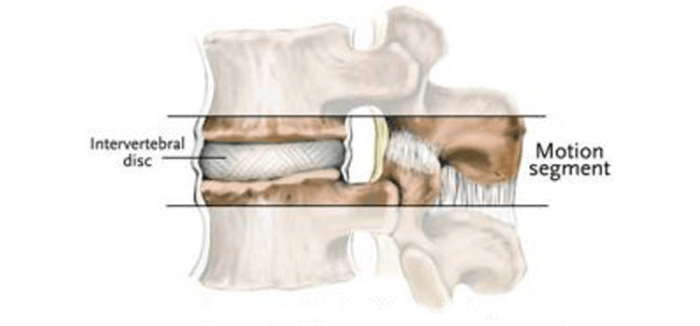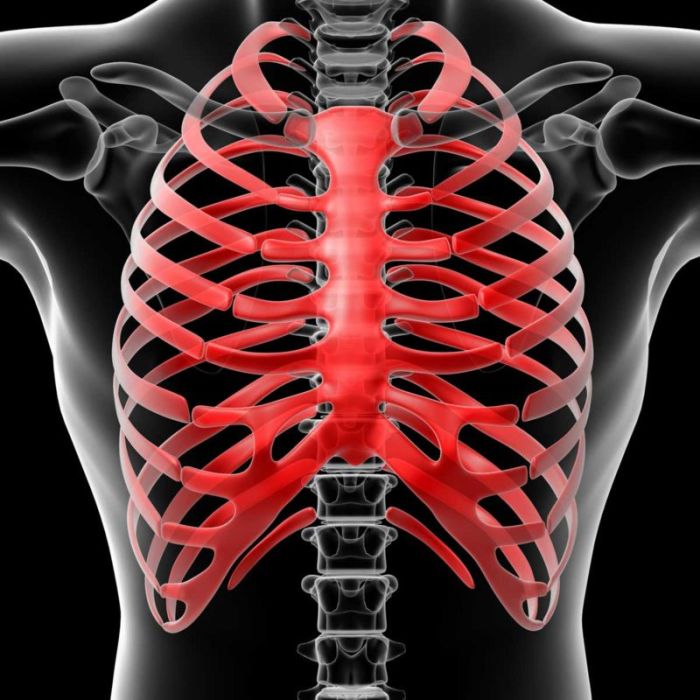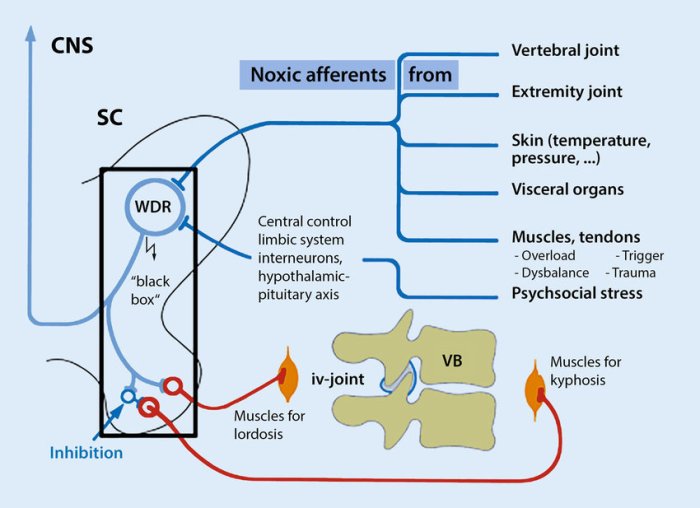Segmental dysfunction of thoracic region – Segmental dysfunction of the thoracic region, a condition affecting the thoracic spine, is a complex and multifaceted topic that warrants careful examination. This discourse aims to provide a comprehensive overview of this condition, encompassing its definition, causes, diagnostic evaluation, treatment options, prognosis, and clinical examples.
Segmental Dysfunction of Thoracic Region

Segmental dysfunction of the thoracic region refers to the impairment of specific segments or regions within the thoracic spine, leading to altered biomechanics and potential neurological deficits. It encompasses structural abnormalities, functional limitations, and pain within the thoracic vertebrae, intervertebral discs, and surrounding soft tissues.
Causes and Risk Factors
The etiology of segmental dysfunction in the thoracic region is multifaceted, involving a combination of factors:
- Trauma:Acute injuries such as fractures, dislocations, or ligamentous tears can disrupt the normal alignment and function of the thoracic spine.
- Infections:Infections like osteomyelitis or discitis can weaken the structural integrity of the vertebrae and intervertebral discs.
- Neurological disorders:Conditions such as spinal cord injuries, nerve root compression, or peripheral neuropathies can impair nerve function and lead to segmental dysfunction.
- Degenerative changes:Age-related degeneration of the spine, including osteoarthritis and osteoporosis, can weaken the structures and contribute to segmental dysfunction.
- Postural imbalances:Prolonged poor posture or repetitive activities can strain the thoracic spine, leading to muscle imbalances and segmental dysfunction.
Diagnostic Evaluation
Diagnosis of segmental dysfunction in the thoracic region involves a thorough evaluation:
- Physical examination:Palpation, range of motion testing, and neurological assessment can reveal tenderness, stiffness, or sensory/motor deficits.
- Imaging techniques:X-rays, CT scans, or MRI scans provide detailed visualization of the thoracic spine, revealing structural abnormalities, disc herniations, or other pathological findings.
- Electrophysiological studies:Electromyography (EMG) and nerve conduction studies can assess nerve function and identify any nerve root involvement.
Differential diagnosis is essential to rule out other conditions with similar symptoms, such as rib fractures, costochondritis, or referred pain from internal organs.
Treatment and Management
Treatment for segmental dysfunction of the thoracic region depends on the underlying cause and severity of symptoms:
- Conservative measures:
- Physical therapy: Exercises and manual therapy to improve mobility, reduce pain, and strengthen supporting muscles.
- Pain management: Medications, injections, or nerve blocks to alleviate pain and inflammation.
- Bracing: External support to stabilize the spine and reduce excessive movement.
- Surgical interventions:
- Decompression surgery: Removal of herniated discs or bone spurs to relieve pressure on nerves.
- Fusion surgery: Stabilization of unstable segments by fusing adjacent vertebrae together.
Prognosis and Outcomes, Segmental dysfunction of thoracic region
The prognosis for segmental dysfunction in the thoracic region varies depending on the severity of the condition and the underlying cause:
- Mild cases:Conservative treatment often leads to significant improvement in symptoms and function.
- Moderate to severe cases:Surgical intervention may be necessary to address structural abnormalities and nerve compression. Long-term outcomes are generally favorable, with most patients experiencing improved mobility and reduced pain.
- Chronic cases:Persistent pain and disability may occur, requiring ongoing management and support.
Factors that influence outcomes include age, overall health, compliance with treatment, and the presence of any underlying medical conditions.
Helpful Answers
What are the common symptoms of segmental dysfunction of the thoracic region?
Pain, stiffness, reduced range of motion, numbness, and weakness in the thoracic spine.
What are the potential causes of segmental dysfunction in the thoracic region?
Trauma, infections, neurological disorders, degenerative changes, and spinal stenosis.
How is segmental dysfunction of the thoracic region diagnosed?
Physical examination, imaging techniques (X-rays, MRI), and electrophysiological studies.

